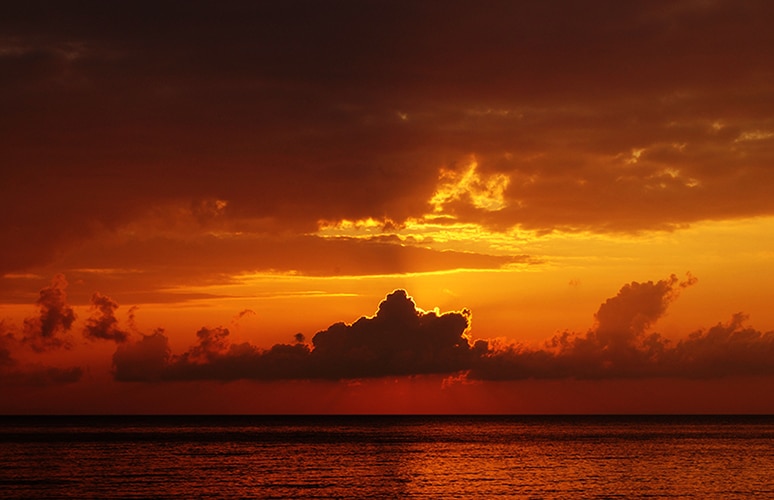Failed Legacy? He Gave His Life for a Tribe
It’s been several months since John Allen Chau died on North Sentinel Island, and the resulting uproar has quieted down. Since November, critics and defenders of the 26-year-old missionary have written volumes about his actions and his motivations. Many would argue that John left a failed legacy, but is that the case?
On November 29, 2018, Melinda Henneberger wrote in the Kansas City Star about Chau’s death. John was killed as he sought to take the gospel of Jesus Christ to the Sentinelese tribe. (For a couple other takes on his death, see this piece by Tim Challies on his blog, and this article by J Oliver Conroy for The Guardian.)
From an early age, John believed that he was called to be a missionary. He sought out a difficult assignment. The Sentinelese are considered one of the last uncontacted tribes left in the world. Their island is one of the Andaman Islands in the Bay of Bengal off the coast of India.
John paddled a canoe to the islands. He knew the dangers, and he journaled his own fears. In one entry, he said simply: “God, I thank you for choosing me while I was not even yet formed in my mother’s womb to be your messenger of your Good News to the people of North Sentinel Island.” His approach was met with arrows from the tribe. The next day those warning shots turned real and Chau’s body was found buried on the beach.
A tragedy. His death made international news and caused an outpouring of varying viewpoints. For her part, Henneberger writes:
But to paddle up to an island where the world’s most isolated people so reliably shoot arrows at intruders that for safety’s sake it’s been put off limits by the Indian government? And to sneak past patrol boats to venture where any trespasser who did survive could wipe out the Sentinelese, because they have no immunity to outside diseases? That is not, as the All Nations [the missions agency that sent Chau] website says, “courageous and humble.”
No, it’s hubristic, and if not suicidal then tragically naive.
I understand her dismay. It seems senseless that a 26-year-old man in the prime of his life should be snuffed out. Perhaps more training would have helped. Perhaps others should have stepped in and put a stop to the ill-conceived mission. There are a thousand “what-ifs.”
Judging legacy
But it seems to me that the greatest legacies are never marked simply by the length of a life. If that were the case, we’d all be called to live safely. Steve Saint said it this way:
“Your story is the greatest legacy that you will leave to your friends. It’s the longest-lasting legacy you will leave to your heirs.”
Steve should know. In 1956, his father, Nate, and four fellow missionaries were killed by the Huaorani Indian tribe in Ecuador. Like Chau, they sought to take the gospel of Jesus Christ to a violent tribe of Indians. Their story similarly made international news.
Nate’s story—and the story of his friends—launched one of the greatest missionary movements of their time.
So, you be the judge. Do you side with Henneberger? Senseless. Suicidal. Irrational. Foolish. Perhaps so, but I’m thankful I’m not the final arbiter of one person’s legacy.
Related posts:
He Thought He Was a Failure After 17 Years of Service
“All I Want to Do is Change a City…”
The Overlooked Gift: The Missionary Life
Photo credit: Stelios Kazazis on Unsplash
Share this Post
Published March 15, 2019
Topics: Family Legacy

